Svalbard, an isolated Norwegian island, is found in the Arctic Ocean between 74 and 81 degrees north latitude.
During the summer the sun does not set for 99 days and darkness reigns for 84 days in the winter. The approximate 3,000 people that call Svalbard their home are considered the northern most settlements in the world. The majority of people can be found in Longyearbyen, the de facto capital, while the second largest settlement is Barentsburg with 400 inhabitants. Another 35 residents can be found in Ny-Alesund, a multi-national research base.
Only 129 people can be found in permanent settlements north of Svalbard. These people are a combination of military, science, or meteorological professionals on military and research bases. These bases can be found in the most remote corners of Canada, Russia, and Greenland. Perfect settings for a horror films.
Longyearbyen
Longyearbyen is a living, breathing permanent community of 2000 people. It was founded in 1906 by John Munro Longyear, an American businessman, who founded the Arctic Coal Company. The town was nearly completely destroyed by the German Navy during World War II. Today, there is a varied economy of mining, tourism, research, and weather/satellite facilities. The Svalbard Global Seed Vault also finds a home here. The Vault is utilized as a gene bank for over 10000 seed samples. The island has made a commitment to higher education with the University Centre in Svalbard. Longyearbyen hosts a gourmet restaurant with a 20,000 bottle wine cellar.
While males and Norwegians dominate, Svalbard is a diverse community. Residents include Philippinos, Argentineans, Italians, Swiss, Portuguese, and Japanese among others. One of the largest foreign communities is the Thais. This cold and unforgiving community is an odd place to find an equator loving people. It starts with a love story that dates back to the 1980s. A Thai woman met a vacationing Norwegian man. Shortly after, they were married and living in Longyearbyen. She became the unofficial host to siblings, cousins, friends, and strangers from Thailand who wished to immigrate to Svalbard for better economic opportunities. A hotel maid can earn over $3000 a month.
Longbearyen is virtually crime free. The biggest threat is polar bears. Six people have been killed by these magnificent but vicious animals in the last four decades. Over 3000 make their home in Svalbard, more than one for every resident. Regulations require that all residents must carry a weapon when they leave the confines of the town. Outside of Longbearyen there are no roads. The preferred mode of transportation is the snowmobile with over 4000 located on the island.
Barentsburg
Despite Svalbard being under Norwegian sovereignty, the lingua de Franca of Barentsburg is Russian. A unique treaty signed in 1920 allows all signatories to exploit Svalbard’s resources. The only country to take advantage of this is Russia.
Barentsburg originally was founded as a Dutch settlement in 1920, but sold their concession to the Soviet Union in 1931. The Soviets (Russians) have maintained a presence since then mining coal. The coal is mined by the Russian state-owned Arktikugol Trust and exports its coal primarily to Northern Europe. Everything on the settlement is heavily subsidized from housing to electricity resulting in a financial loss to Moscow, but allows Russia to maintain a presence in this part of the world. Despite this Russian influence, Barentsburg still maintains both a Norwegian address and phone numbers.
This isolated mining village has created its own Russian ecosystem. An onion-domed Russian Orthodox Church rests in the settlement built in honor of 140 miners who perished in a 1996 plane accident. Barentsburg contains everything from an Olympic-sized swimming pool to a school to the northern most diplomatic mission in the world, the Russian Consulate. No roads lead to this settlement that can only be reached via boat, snowmobile, or helicopter. Most supplies and food come directly from mainland Russia and the settlement uses an electronic cash card to make transactions. One might want to consider using the cash card at the northern most brewery in the world, The Red Bear Brewery.
Barentsburg is also attempting to grow its share of the global tourism dollar. A new hotel has been built, and you are free to visit the souvenir shop or catch a performance at the cultural center. I can’t imagine spending my next long weekend vacationing in Barentsburg, but it was a fascinating place to visit for a couple of hours. The settlement appeared to be stuck in a Soviet time warp. A large Lenin bust hogged the town’s spotlight. (Difficult to believe, this Lenin statue is not even the most northern statue. A nearby abandoned Russian mine claims that title.) Soviet-like propaganda hugged the walls of the buildings. A plaque highlighted the revolution of 1917.
Ny-Alesund
Ny-Alesund is a former coal mining town converted to a research base in 1985. The year round population is approximately 35 people which swells to 120 during the summer. The inhabitants are scientist who toil in one the fifteen research stations. The stations hail from ten different countries, ranging from Japan to Italy.
Ny-Alesund entered the North Pole exploration history books in 1928. Ny-Alesund was the starting point for four attempts to reach the North Pole via air. An Italian, Umberto Nobile’s airship (balloon) in 1928 crash landed. Roald Amundsen, the first man to reach the South Pole, perished while trying to rescue Nobile.

Photos From Chernobyl
Sign up to receive your free copy of Photos From Chernobyl. Over 100 photos from the Chernobyl Exclusion Zone.

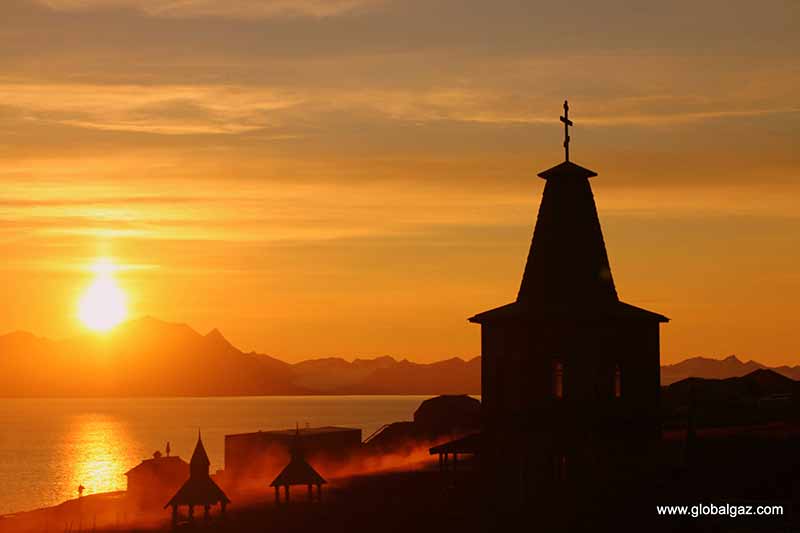


























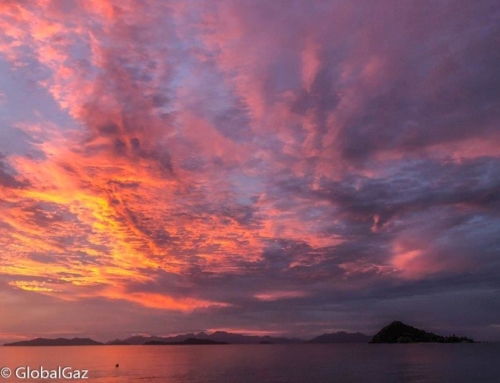
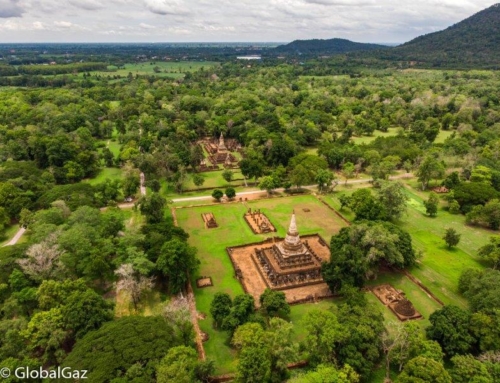

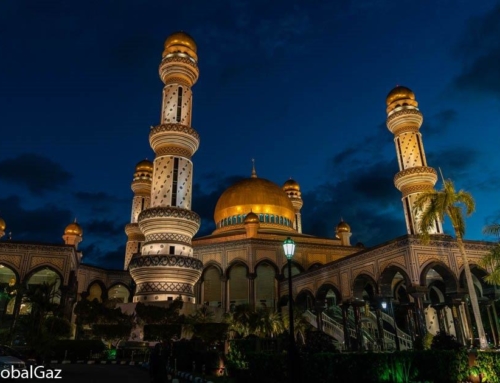
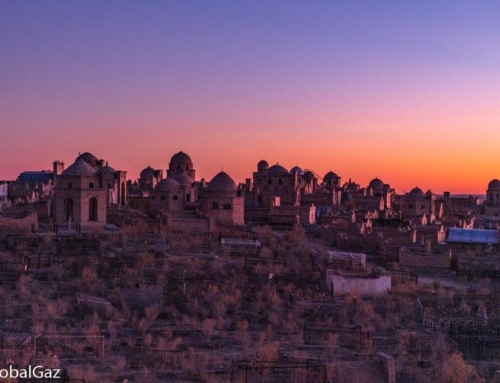
Great post. Svalbard has a special place in Ellie’s and my heart. There is a sense of adventure and frontier life that we have not encountered in many other places. Everything is the northernmost, whatever it is.
You’ve managed to visit some great locations there. We aimed for Ny Alesund twice but both times the trip was cancelled.
A great way to put it … everything is northernmost!
Bad luck with Ny Alesund.